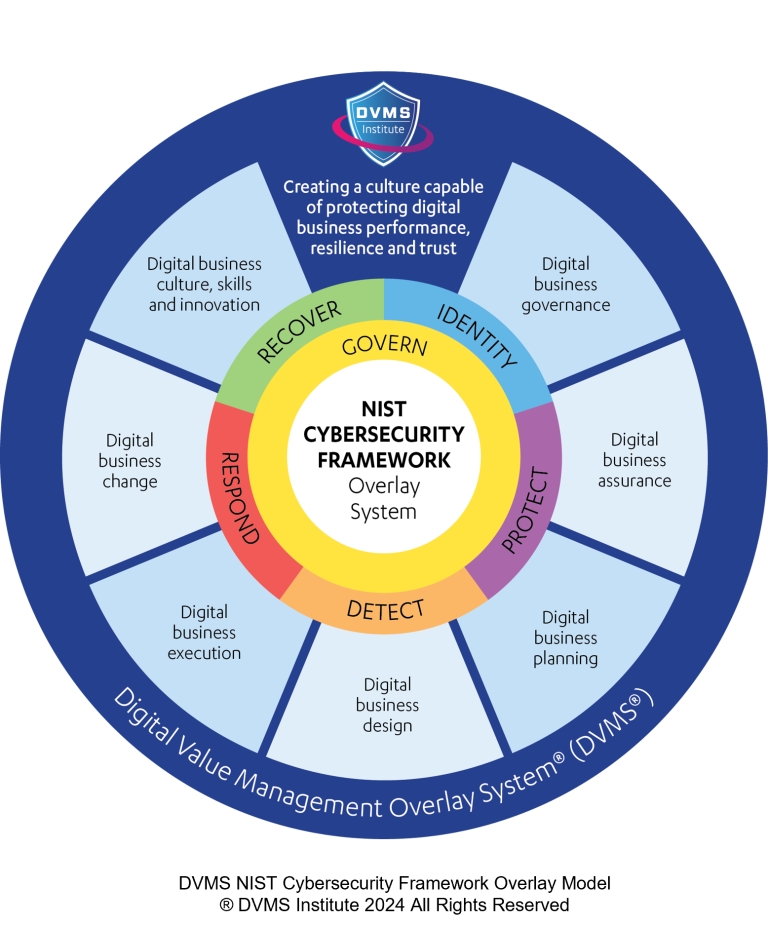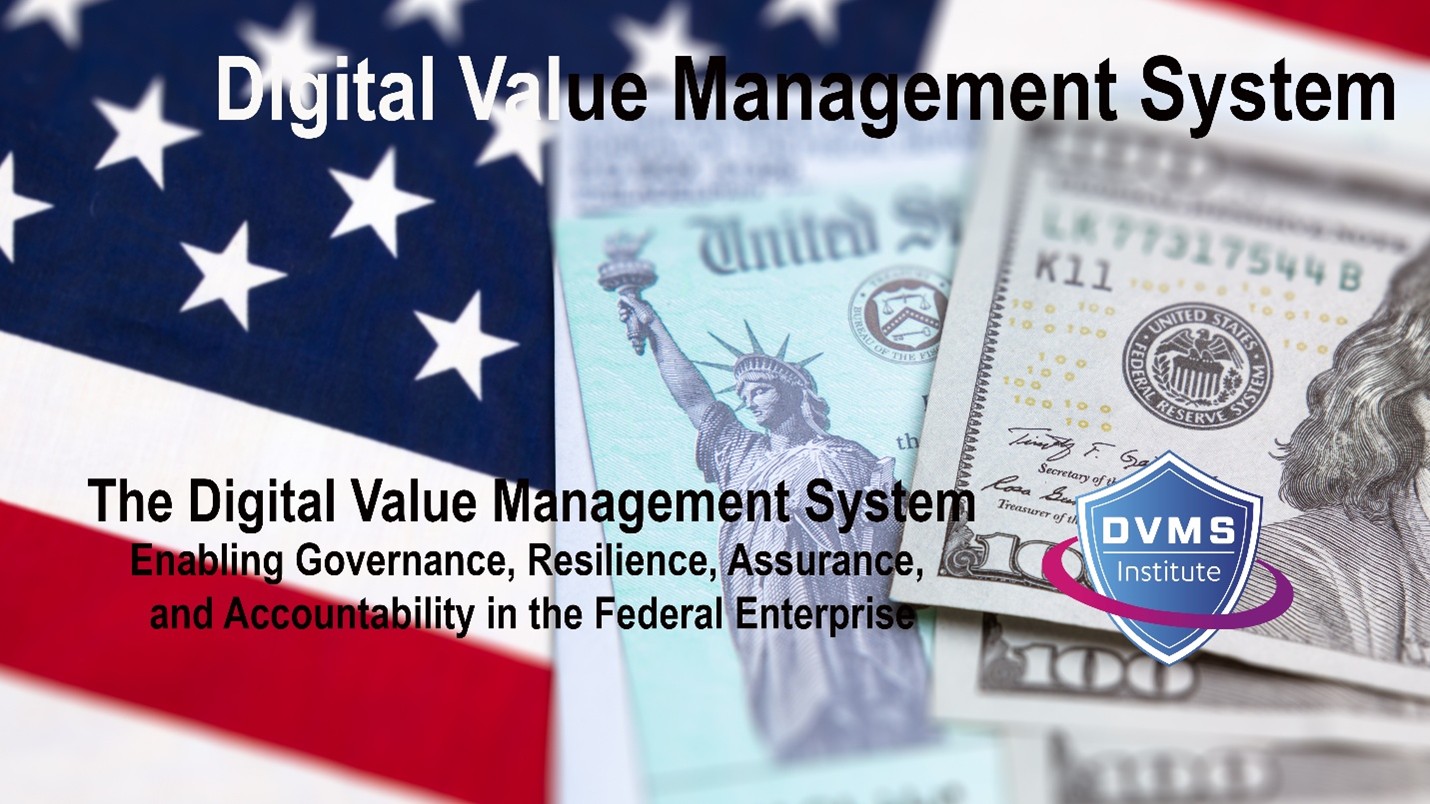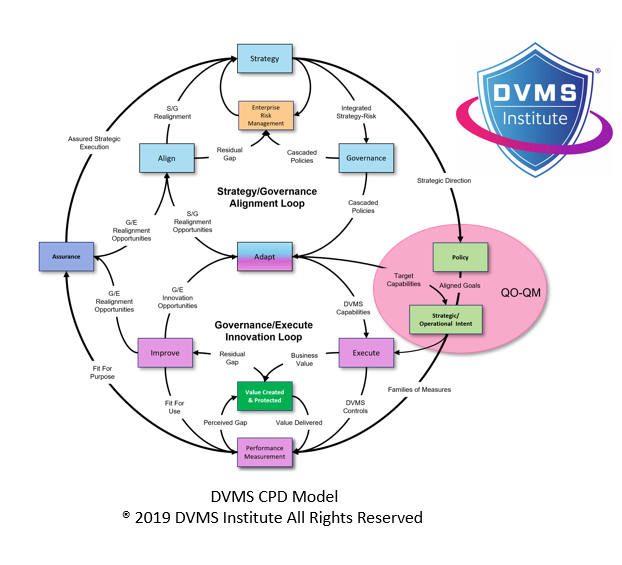Leadership’s Role in Enabling Cyber Operational Resilience
Rick Lemieux – Co-Founder and Chief Product Officer of the DVMS Institute
Introduction
In an era where cyber threats are growing in complexity and frequency, organizations must recognize that cyber resilience is not just about technology but about leadership. Leaders play a critical role in shaping an organization’s security posture by fostering a security-first culture, ensuring accountability, and driving strategic initiatives. Without strong leadership, cybersecurity efforts become fragmented, leaving organizations vulnerable to attacks.
Addressing cybersecurity challenges requires a proactive approach from leadership to create an environment where security is ingrained in business processes and decision-making. Leaders must take concrete actions beyond compliance and reactive measures to improve organizational cyber resilience. This document outlines five key steps that leadership can implement to enhance an organization’s ability to withstand, respond to, and recover from cyber threats.
Building a Culture of Security Awareness
Cyber resilience starts with a strong organizational culture prioritizing security at every level. Leadership must promote cybersecurity awareness through training programs, internal communications, and engagement initiatives. Employees must understand their critical role in protecting sensitive data and preventing security breaches. Leaders should foster a culture where security is not seen as an obstacle but as an integral part of everyday business operations. Regular workshops, phishing simulations, and real-world case studies can help employees recognize threats and respond appropriately. A security-conscious workforce reduces human error, which remains one of the leading causes of cyber incidents. Leaders should ensure that employees feel empowered to report security concerns without fear of retaliation, strengthening the organization’s ability to detect and mitigate risks in real time.
Implementing Robust Governance and Risk Management
Effective cybersecurity governance requires a structured approach that aligns security initiatives with business objectives. Leadership must establish clear policies, accountability frameworks, and decision-making structures integrating cybersecurity into overall risk management. Organizations should implement risk assessment programs that identify vulnerabilities and prioritize mitigation efforts. Leadership should oversee the establishment of cybersecurity committees responsible for monitoring emerging threats, updating policies, and ensuring compliance with regulatory requirements. Strong governance also involves regular audits and evaluations to assess the effectiveness of security measures. Organizations may struggle with inconsistent security practices without clear leadership direction, leading to increased exposure to cyber threats. By embedding cybersecurity governance within the corporate structure, leaders can ensure that security is treated as a fundamental aspect of risk management rather than a secondary concern.
Investing in Advanced Cybersecurity Technologies and Resources
Leaders must allocate sufficient resources to cybersecurity initiatives, ensuring organizations have the tools and expertise to combat evolving threats. This includes investing in modern security technologies such as artificial intelligence-driven threat detection, endpoint security solutions, and automated incident response systems. Additionally, leadership should prioritize hiring skilled cybersecurity professionals and providing ongoing professional development opportunities for existing staff. Many cyberattacks succeed because organizations lack the resources to detect and respond to threats in real time. Leaders should work closely with IT and security teams to understand technology needs and ensure adequate funding is available to support cybersecurity initiatives. A well-resourced cybersecurity program minimizes risks and enhances customer trust and regulatory compliance. Leadership can significantly improve organizational resilience by treating cybersecurity as a strategic investment rather than a cost center.
Developing and Testing Incident Response Plans
Preparation is key to minimizing the impact of cyber incidents. Leadership must ensure that organizations have well-documented incident response plans that outline roles, responsibilities, and protocols for managing security breaches. These plans should be regularly tested through simulations and tabletop exercises to identify gaps and improve response times. Effective incident response involves coordination across multiple IT, legal, communications, and executive leadership departments. Leaders should also establish relationships with external partners such as cybersecurity firms, law enforcement, and regulatory bodies to facilitate swift responses in case of a significant breach. Organizations that fail to prepare for cyber incidents often experience prolonged downtime, reputational damage, and financial losses. By embedding incident response planning into organizational strategy, leadership can enhance the company’s ability to recover quickly and maintain business continuity in the face of cyber threats.
Ensuring Continuous Innovation Through Metrics and Adaptation
Cyber threats constantly evolve, requiring organizations to adapt their security strategies continuously. Leadership must establish metrics and performance indicators to assess the effectiveness of cybersecurity initiatives. This includes tracking key risk indicators, measuring the success of security awareness programs, and evaluating the time taken to detect and mitigate threats. Regular security policies and practices review ensures that organizations remain resilient against emerging threats. Leaders should encourage a mindset of continuous improvement by fostering innovation in cybersecurity practices and staying informed about industry trends. Engaging with cybersecurity experts, attending industry conferences, and collaborating with other organizations can provide valuable insights into best practices. By maintaining a proactive approach, leadership can ensure that cybersecurity remains a top priority and that the organization is well-equipped to navigate the evolving threat landscape.
Conclusion
Organizational cyber resilience depends on leadership-driven initiatives prioritizing security culture, governance, resource allocation, incident preparedness, and continuous innovation. Leaders who actively engage in cybersecurity efforts create an environment where security is embedded into business operations rather than treated as an afterthought. Organizations can significantly enhance their cyber resilience by building a security-conscious workforce, implementing structured governance, investing in advanced technologies, preparing for incidents, and continuously adapting to new threats. Cybersecurity is not just an IT responsibility—it is a leadership imperative. Organizations that recognize this reality and take decisive action will be better positioned to withstand cyber threats and safeguard their long-term success in an increasingly digital world.
About the Author

Rick Lemieux
Co-Founder and Chief Product Officer of the DVMS Institute
DVMS Institute is a renowned provider of accredited (APMG International), Assured (NCSC-GCHQ-UK), and Recognized (DHS-CISA-NICCS) NIST Cybersecurity Framework, certification training programs designed to teach organizations of any size, scale, or complexity how to manage their organizational cyber risk and resiliency.
For cyber risk management, the DVMS FastTrack model provides a phased approach to adapting the NIST Cybersecurity Framework functions and its controls across an enterprise and its supply chain to identify and mitigate organizational cyber risks.
For cyber resilience management, the DVMS-CPD model teaches a holistic approach to digital value resiliency by connecting digital system outcomes to a culture of innovation trained to create, protect, and deliver organizational digital value.
Rick has 40+ years of passion and experience creating solutions to give organizations a competitive edge in their service markets. In 2015, Rick was identified as one of the top five IT Entrepreneurs in the State of Rhode Island by the TECH 10 awards for developing innovative training and mentoring solutions for boards, senior executives, and operational stakeholders.
® DVMS Institute 2024 All Rights Reserved




